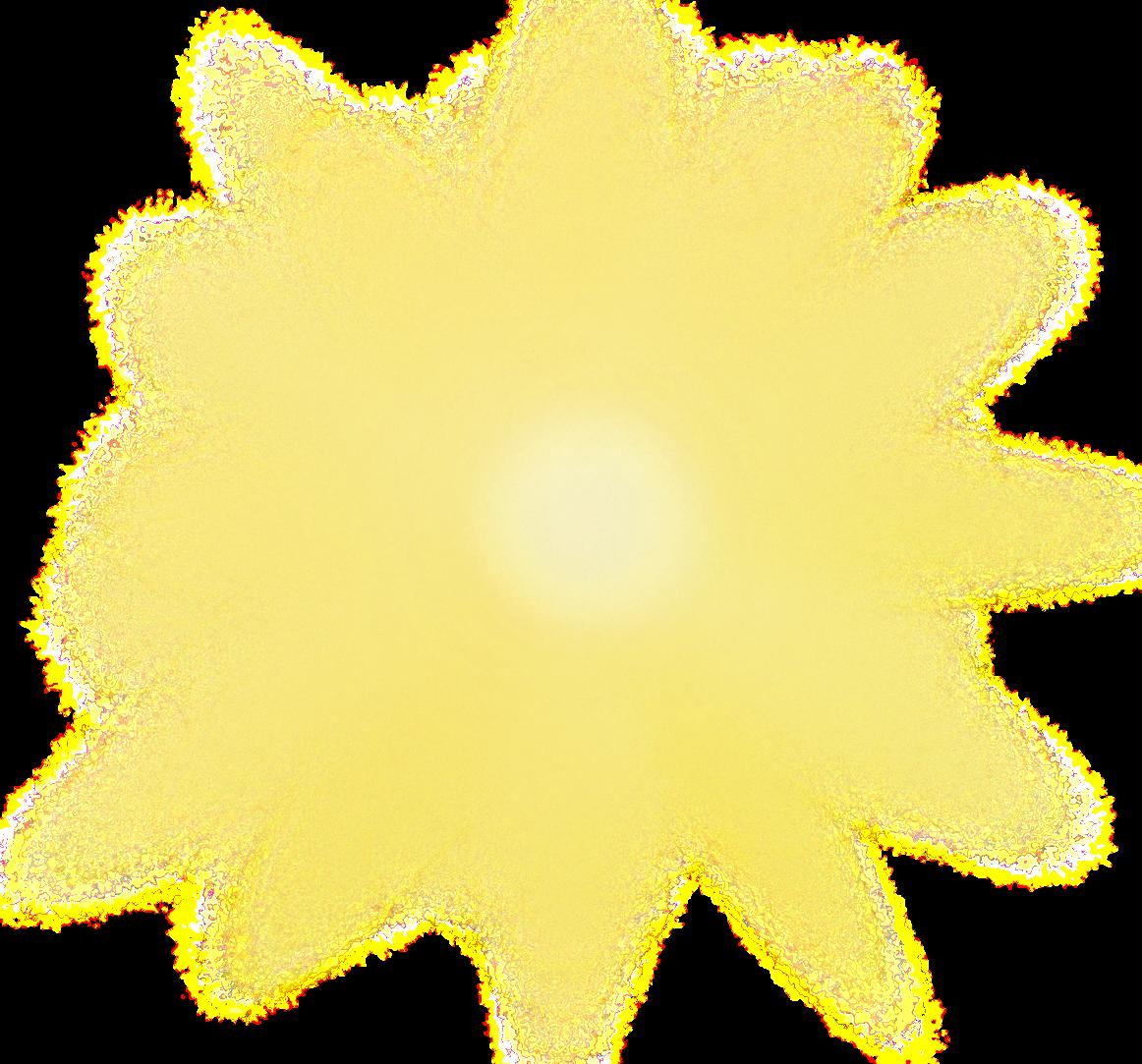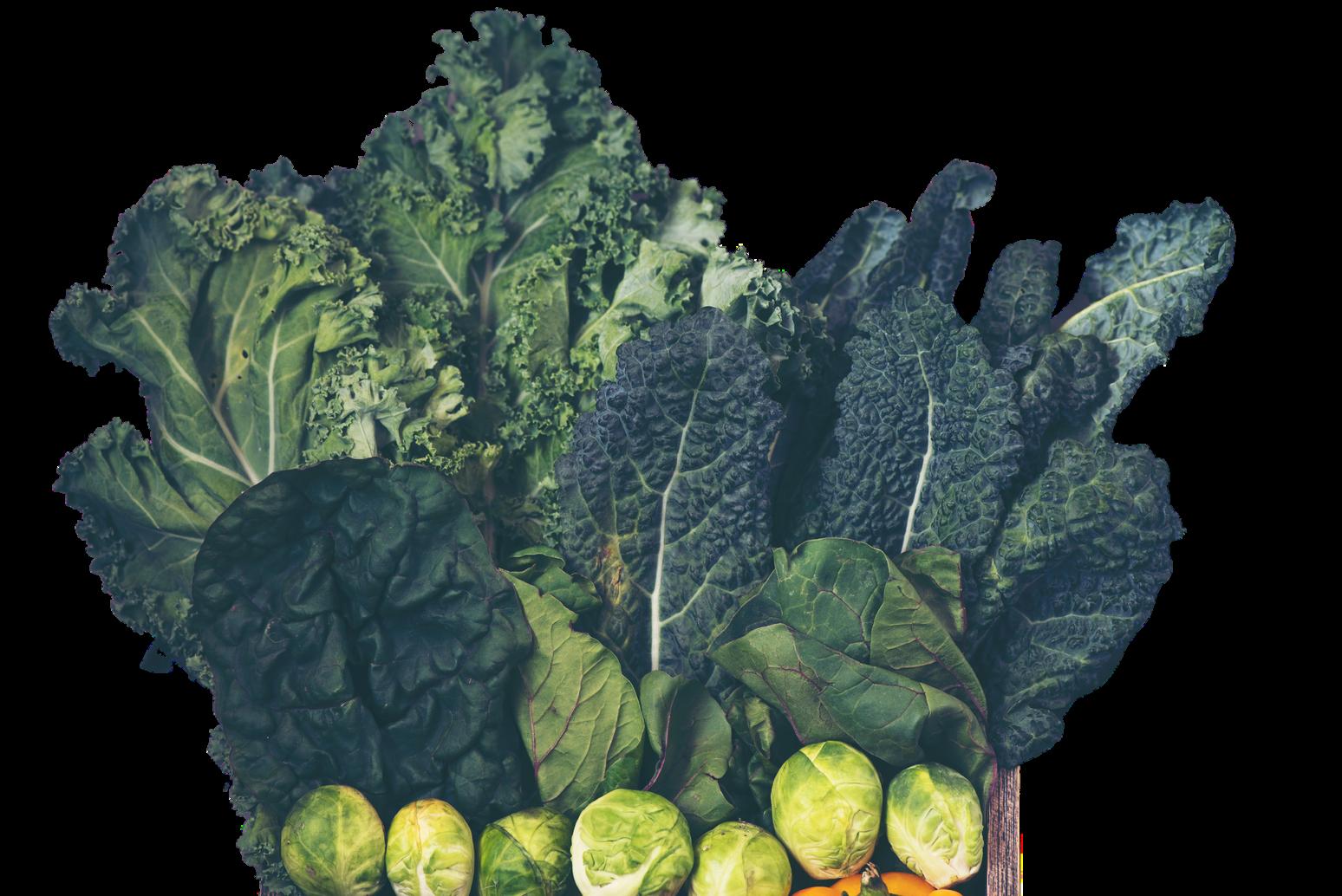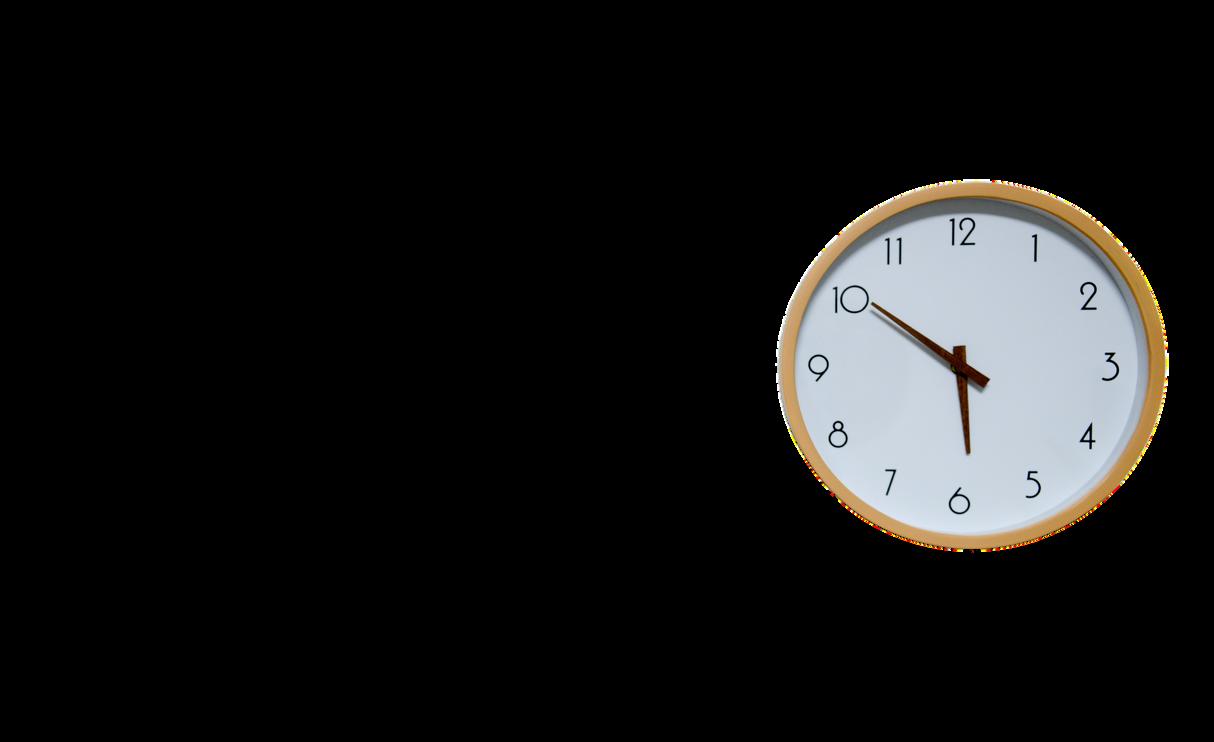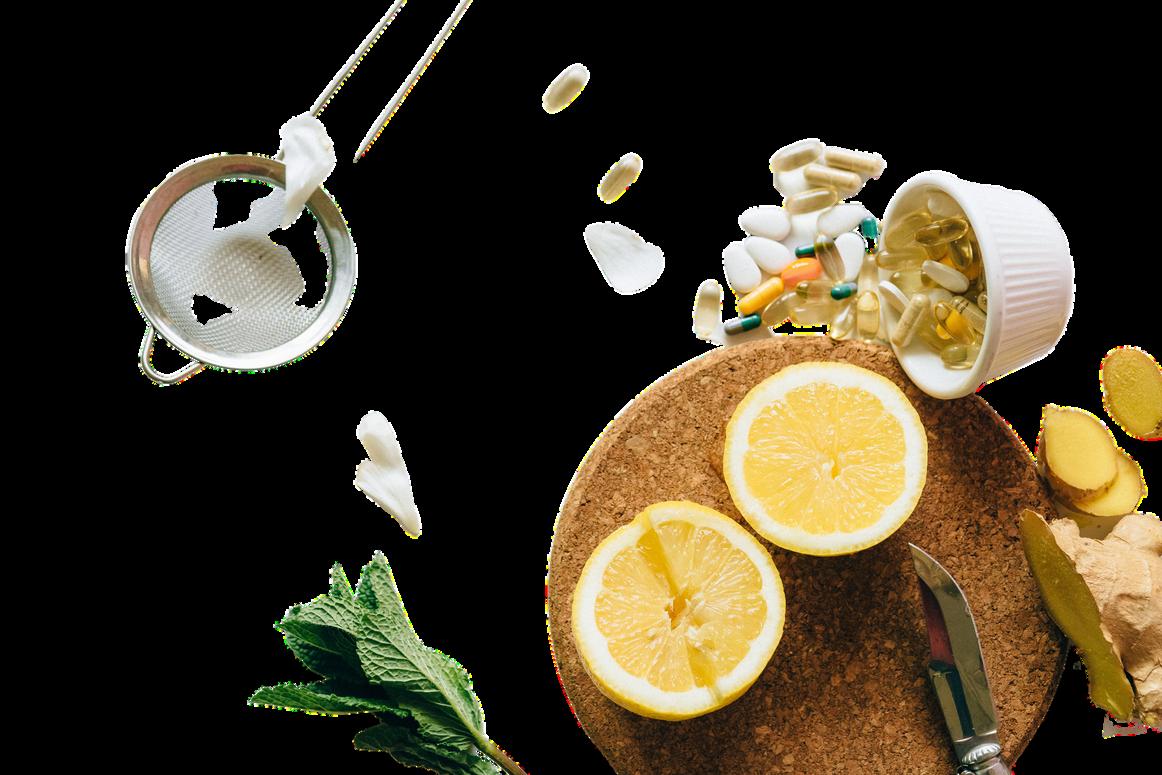Your Body is Water
Your body is made up mainly of water, and most people in modern society are chronically dehydrated. Therefore, it’s important to drink plenty of water, along with essential minerals. Unfortunately, the tap water in most of our country is far more toxic than anyone realizes.
Did you know
Excessive levels of lead (a potent neurotoxin) have been found in almost 2,000 water systems across all 50 states in the US 77 million Americans drink water that has violated the Safe Drinking Water Act because of excess contamination 36 million Americans who rely on well water are consuming dangerous levels of arsenic
Almost 90% of drinking water sampled by the USDA had traces of Atrazine, the most widely used herbicide in the country
We could list dozens of scary studies and lab results related to the tap water in this country - but you probably get the picture
So is bottled water the answer?
Not really. Plastics leech dangerous endocrine-disrupting chemicals and the amount of plastic waste being created in the world is staggering. There are some very high quality natural spring waters bottled in glass - but this option is often cost prohibitive for most people.
We recommend whole house filtration, or at least a high quality drinking water filter There are also decent stand-alone shower and bath filters for those who can’t manage the investment of a wholehouse filtration system.


5
Also, to complicate things further - there is no perfect filtration system for everyone to use, because tap water (and the contaminants found in it) are different everywhere.
That’s why our friend, and environmental toxicity expert, Lara Adler, created Pure, a highly-informative and valuable digital course that teaches you how to determine and acquire the best filtration specifically for your water!
Click here if you want to find the best filter for your water.
If you’re going to use a reverse osmosis filter or consume distilled water, we highly recommend adding minerals back into the water via trace mineral drops or a quality salt like Redmon’s Real Salt.


6

Ground Zero of Chronic Disease (and Optimal Health)
2
7
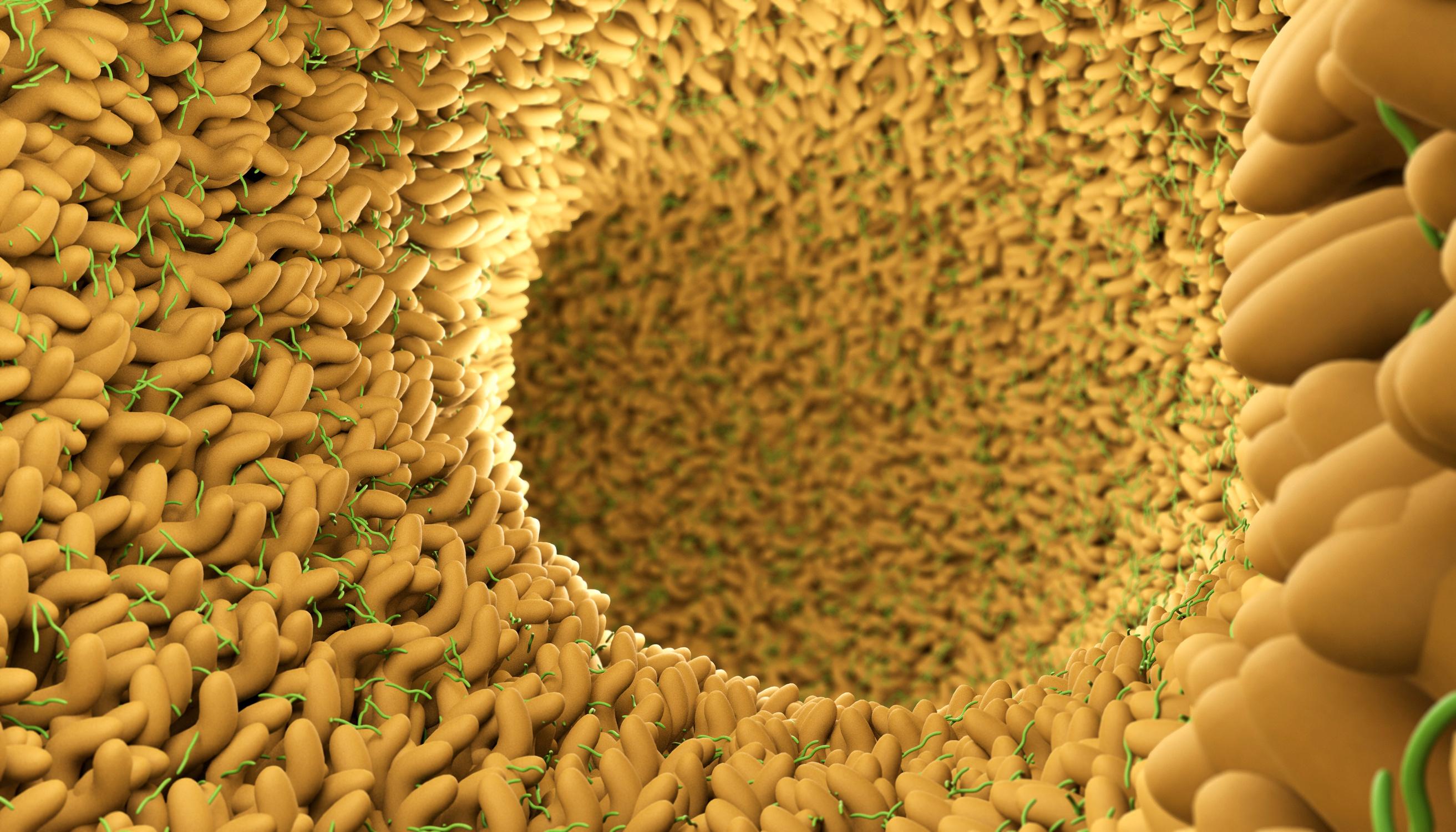
Gut and microbiome health has been the main focus of much of the educational content we’ve produced here at RHT over the last decade - and for good reason!
8
Diversify Your Diet
Pro Tip: We should aim to get at least 40-50 different foods into our diet and it is best to focus on local, seasonal produce/foods as much as possible
Pro Tip: One way to keep track of this and monitor your progress towards eating a more diverse, and microbiome friendly diet is to keep a daily diet journal. Count how many different foods you eat in a day, week, month, or year!
Time Your Eating (Give Your Microbiome a Rest)
Pro Tip: Allow at least 14 hours between your last meal of the day and first meal of the next day to give your microbiome/gut the rest/repair time it needs between feedings (Example- Dinner at 6pm, Breakfast at 8am)
Note: This style of “intermittent fasting” can be challenging for those with blood sugar regulation challenges, hormone imbalances, ad with high activi feel crashes or is necessary fo Avoid Pesticide
Pro Tip: Eat as possible Get to markets Ask q food?” “How do
Pro Tip: Check toxin educator) teaches you ho your water. Sig

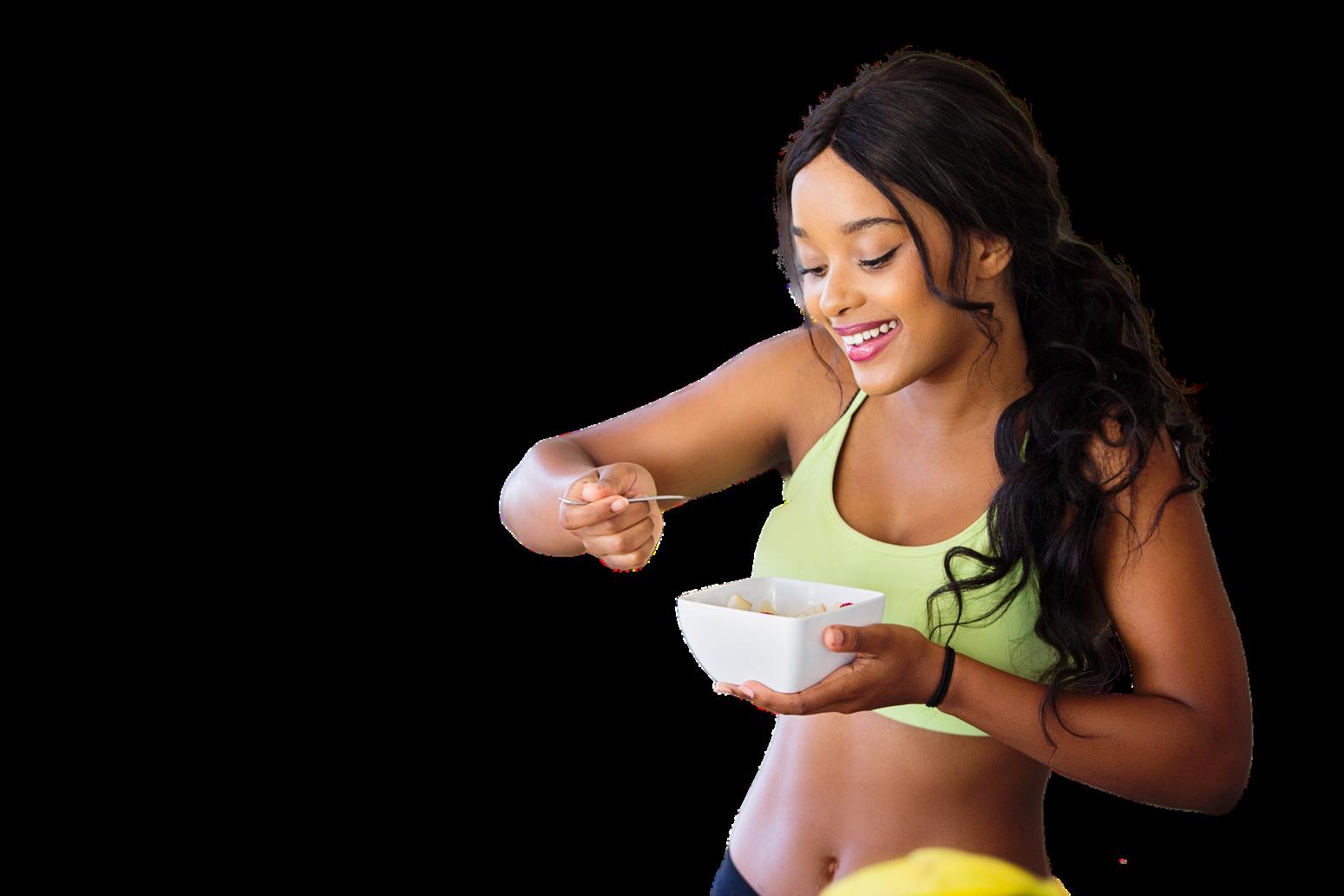
Top 5 Tips for Gut & Microbiome Wellness 9 1 2 3
Switch to Chemical-free, Non-Toxic Cleaning Products
Pro Tip: Clean with warm water and some small amounts of essential oils and/or lemon to help reduce the impact on the microbiome. There are also many non-toxic cleaning products on the market which don’t wipe your home completely clear of bacteria (most of which are harmless or beneficial).
Click HERE to see a list of our favorite non-toxic products.
Get Dirty (and Get a Dog!)
Pro Tip: Go outside. Get in contact with the Earth. Get dirty. Have fun! (And get a dog or two!) Dogs are great as they bring the outside into the house. There are studies to show that households with a dog tend to have kids with fewer immune issues.


10 4 5
Research-Backed Gut & Microbiome Supporting Supplements
There have been many developments and incredible studies published in the last decade demonstrating great benefit to highquality probiotics, digestive enzymes, and other gut & digestive supports
This is something we follow closely here at RHT, and we are always trying to stay ahead of the curve in regards to the professional products we work with and carry in our shop.
Regarding probiotics, our favorites are:
Megasporebiotic (Microbiome Labs) - The world’s first, and leading spore-based probiotic, now used by over 20,000 health practitioners worldwide. Click here to learn more about Megaspore. Click here for a review of some of the most recent studies on Megaspore.
High ORAC Synbiotic (BioImmersion) - Loaded with probiotics, phytonutrients, and polyphenols - this is a well-rounded addition to any probiotic regimen. Click here to learn more about High ORAC Synbiotic.
HoloImmune (Healthy Gut) - A cutting-edge paraprobiotic containing several strains and ingredients shown to regulate and balance the immune system, along with many other systemic benefits. Watch this video to learn more.

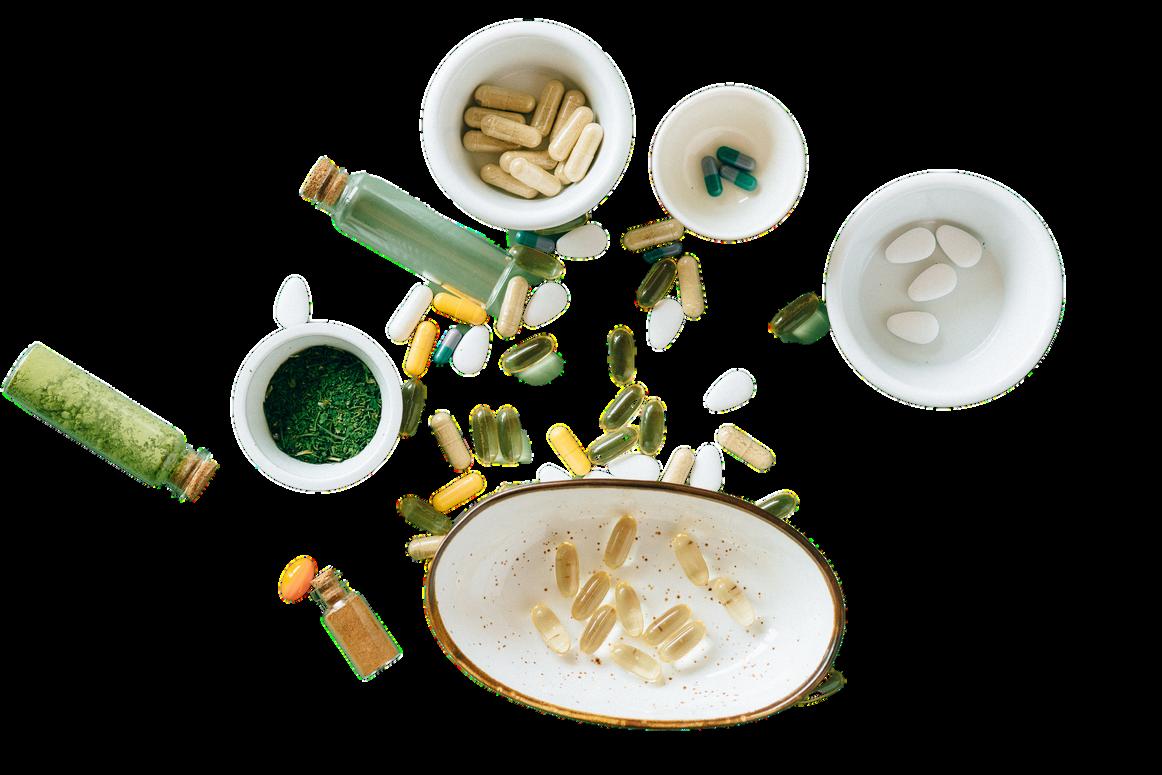
11
Other beneficial GI supports include:
Holozyme (Healthy Gut) - The most complete digestive enzyme formula on the market, which also contains essential cofactors for enzyme activation. A great addition for anyone who struggles with digestion Click here to learn more about digestive enzymes Click here to hear directly from the formulator, founder of Healthy Gut, Steve Wright
MegaMucosa (Microbiome Labs) - A healthy mucosal layer in our gut is absolutely essential for optimal digestion, immune balance, food tolerance, and overall health. This formula from Microbiome Labs is designed to help restore, repair, and support a health mucosal barrier. Click here to learn more about MegaMucosa. Click here to hear directly from the formulator, Microbiologist Kiran Krishnan.
MegaIgG2000 (Microbiome Labs) - A professional grade serumderived bovine immunoglobulin (SBI) formula which can assist our own immune system in the gut to help deal with pathogens, endotoxins, and various antigens - contributing to a more balanced immune system, healthy gut lining, improved detoxification and much more. Click here to learn about MegaIgG2000. Click here to read about all of the impressive research supporting the use of SBI’s.

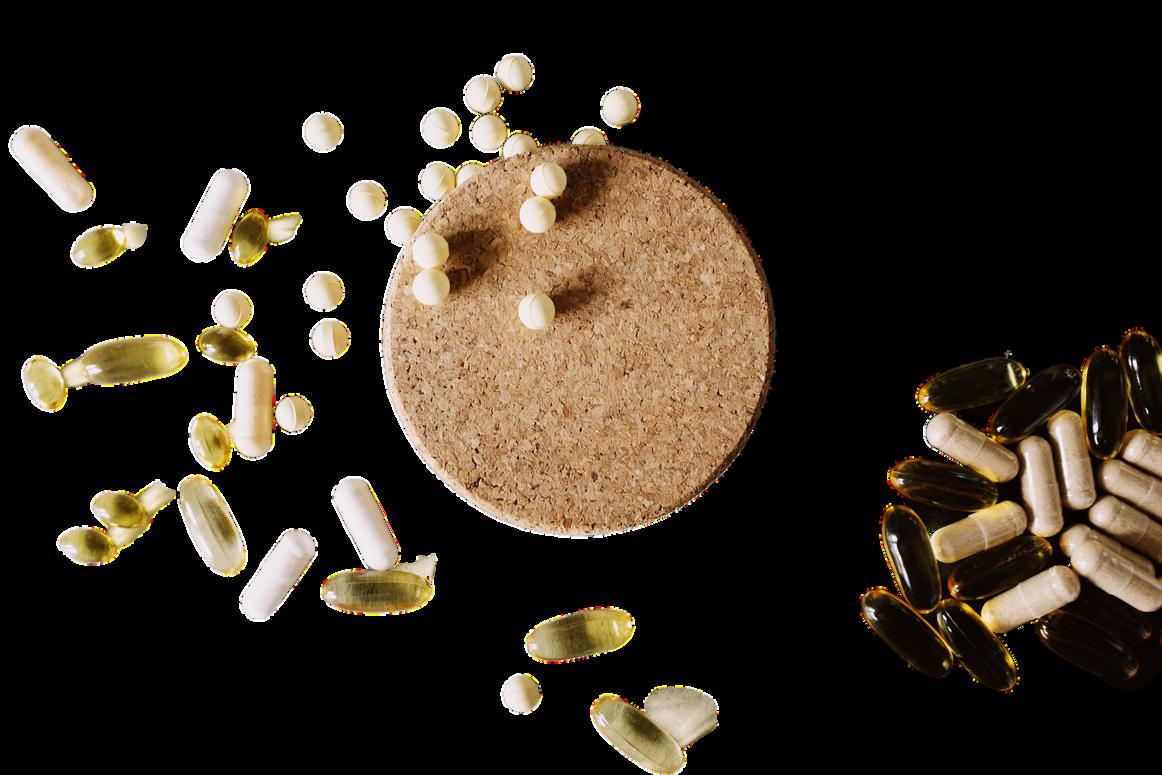
12

Benefits, Best Practices, Considerations
3
13
The human body is designed to move, and regular exercise provides more benefits than we could possibly list in this guide. Here are a few:
Improved insulin sensitivity & blood sugar control
Improved mood, focus, and cognitive capacity (good for the brain!)
Positive impact on hormones
Increased bone density and muscle mass - both linked to increased longevity
Decrease in all-cause mortality rates
Increased energy and vitality
Improved sleep
Positive impact on your microbiome
Ok… heard enough?! That’s quite a list!
It is, however, important that you’re exercising in a safe and appropriate way for your condition, age, health, goals, etc… and that does not mean “more is better” or “no pain, no gain”
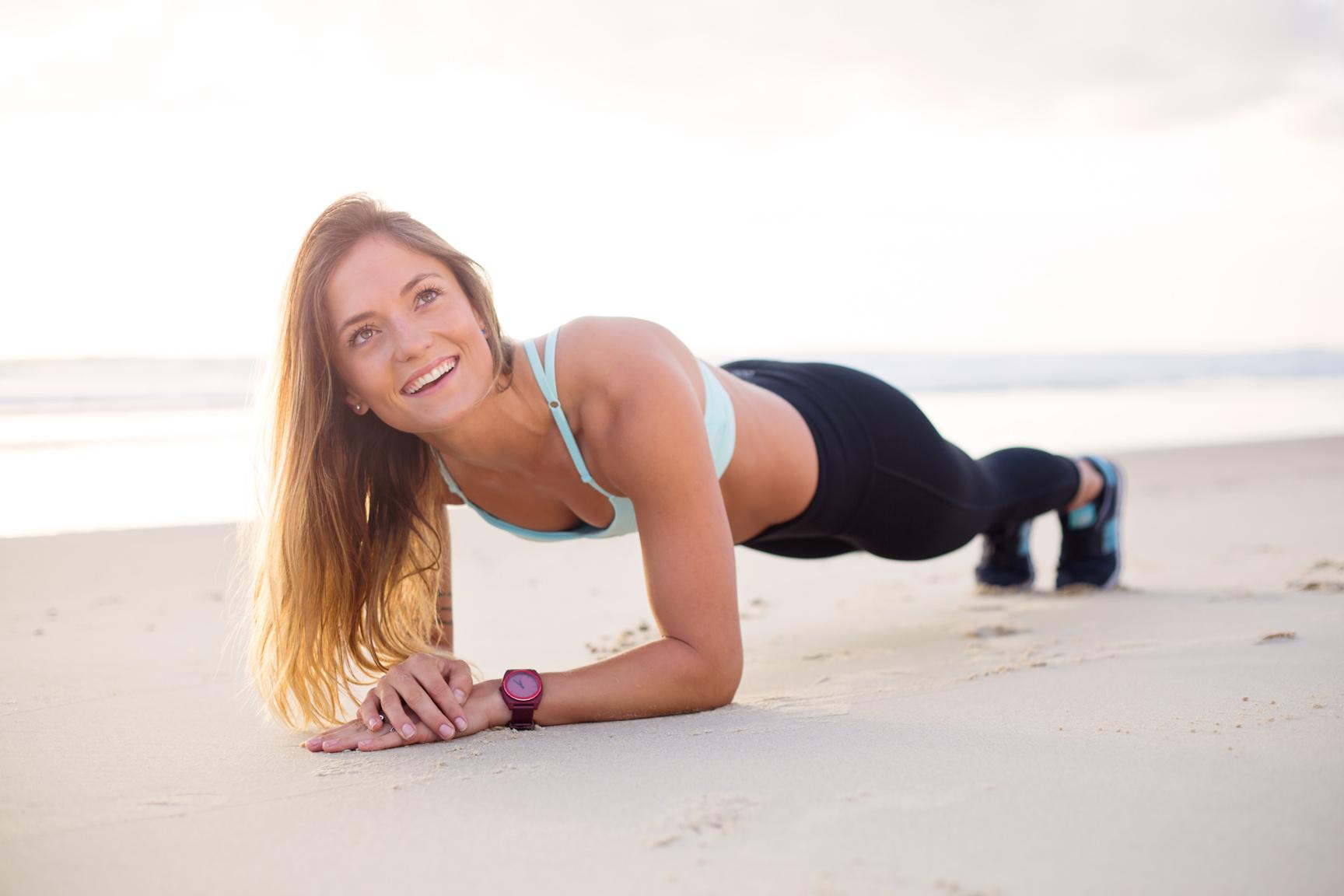

14
1 2 3 4
It doesn’t have to be a “workout”. Go for walks. Take up gardening. Ride your bike. Take the stairs. Park further away at the store. These are all ways to make your life more active in general, without have to structure any kind of workout.
Also, if you work at a desk, set a timer every hour to get up, walk around, stretch a little, do some light movement, and break up the hours of sitting! (Sitting all day is terrible for our health.)
Mix it Up.
It is recommended that we get at least 20-30 minutes per day of mild to moderate aerobic exercise (biking, hiking, jogging, something that raises your heart rate) and strength training (weights, bodyweight, etc…) is equally important.
So the best approach would combine both of these types of exercise in a way that feels good to you.
Find things you like to do. Enjoy yoga? Great… do that! Like kickboxing? the most accomplished fitness professionals w best workout for you is the one you’re going to and enjoy!”
If the exercise you’re doing feels like punishm very difficult to stick to it.
You don’t need to hurt all the time. The old saying of “no pain, no gain” is outdate outright dangerous for a lot of people - especi from a rather deconditioned state.
Feeling like you worked out? Great Feeling l car? Not good, or necessary

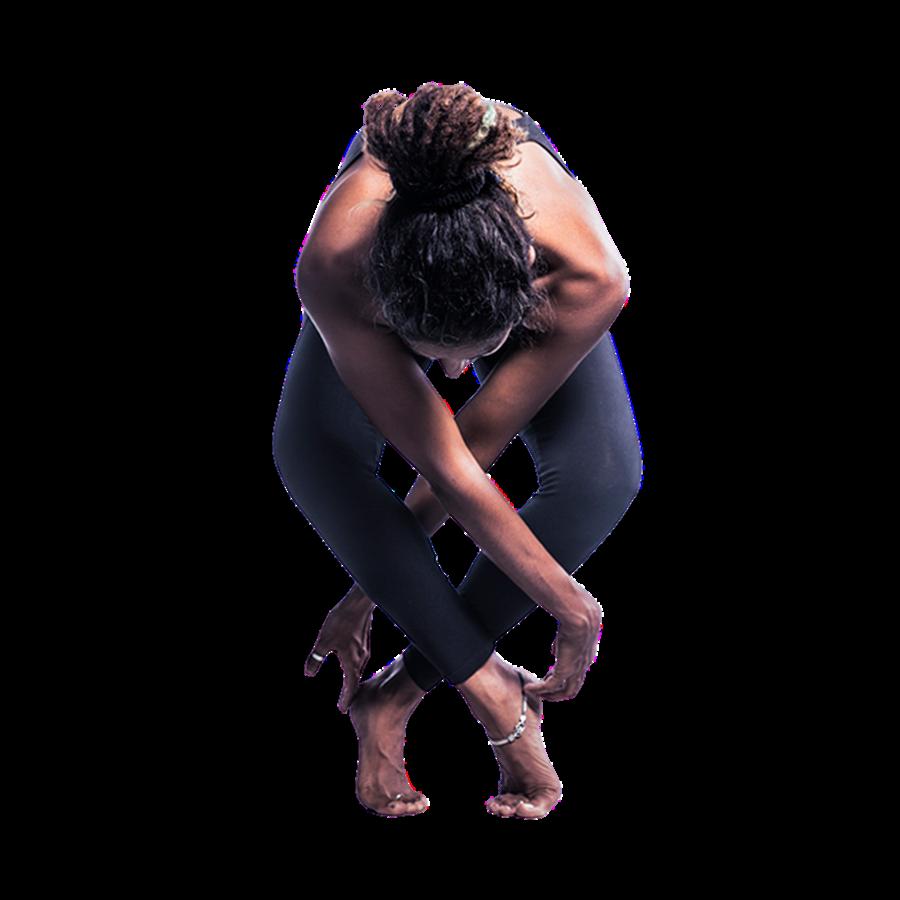
Top 5 Exercise Tips & Suggestions
Consider hiring a professional to help you get started. This is especially true when it comes to training with weights or any other higher intensity type workouts. Correct form and posture is essential - and doing some training with a professional when you first start out can be incredibly beneficial.
Look for trainers with NASM, ACE, or NSCA personal training certifications - as these are some of the leaders in the field If you’re looking for a deeper level of training with someone who also likely has a good understanding of building holistic health - look for CHEK Institute trained professionals.
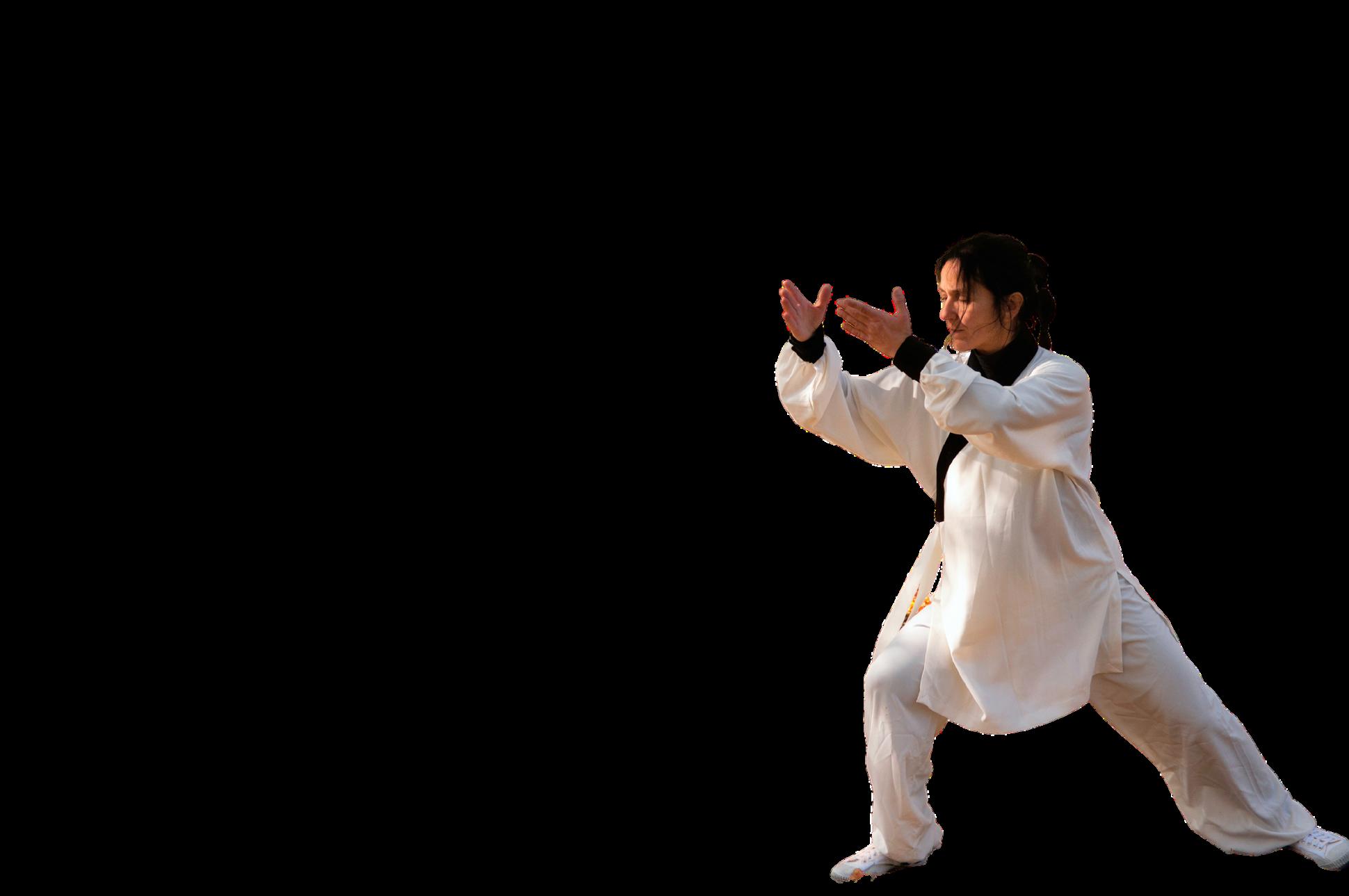
Working Out vs. Working In
Depending on one’s current state of health and level of stress on the body - it might make more sense to focus more on working in rather than working out.
What does this mean?
To make it simple, working out is something that requires energy expenditure. It’s work for the body.
Working in is something that cultivates energy in the body - like qigong, tai chi, certain forms of yoga, breathwork, meditation, and other restorative, supportive, and energetically-enriching activities.
If your stress levels are through the roof, you’re sleeping a solid 8 hours per night, your circadian rhythms are disrupted, your diet consists of many processed, sugary foods and alcohol, etc then adding hard workouts into the mix might do more harm than good
16 5

4
17
Reduce Your Toxic Burden and Support Natural Detoxification
“Detox” is one of the biggest buzzwords in the functional medicine/natural health world today - and considering the mindboggling level of environmental toxins we’re exposed to on a daily basis, that’s for good reason.
People in the modern industrialized world are exposed to thousands of potentially harmful chemicals on a daily basis - in the air we breathe, water we drink (and bathe in), food we eat, and the products we use to clean our homes and our bodies.
The first, and most important, step you can take is to reduce your toxic exposure and give your body a break from the constant bombardment.
This process can be overwhelming, so we’d like to make it as simple as possible with the following 5 recommendations to start with.
First Five Steps in Reducing Your Toxic Exposure
Water
Tap water in the United States has been found to contain potentially harmful levels of countless metals, chemicals, fertilizers, and other things we’d be much better off not consuming
There are many options here, including whole-house filtration, reverse osmosis, and customized multi-stage filtration. Or, if you have access to a clean natural spring (rare, but they do exist!) - that is also a great solution (for drinking water).
If you use RO, we highly recommend adding back in minerals in the form of trace mineral drops or Redmond’s Real Salt. We do not recommend bottled water in plastic - but high quality sources in glass bottles can be okay. (Although expensive.) 1


18
There is no one-size-fits-all for water filtration, due to the fact that tap water differs from location to location That’s why our good friend, and leading environmental toxin educator, Lara Adler, created Pure - an affordable, high-value e-course that teaches you how to determine the best filtration option for your water.
air
Air pollution (both indoor and outdoor) is responsible for millions of deaths worldwide each year - and contributes to a number of chronic conditions, including asthma.
This is why we recommend absolutely everyone to have at least one quality air purifier in their home We also recommend transitioning away from gas stoves, and not using scented candles, incense, or air fresheners in your home.
Our two favorite air purifiers for the home are Air Oasis or AirDoctor Pro.
Food
Processed foods today (especially in the US) contain many potentially harmful colorings, dyes, preservatives, and other chemicals we’d be better off staying away from. (See the earlier section on food/nutrition for more detailed suggestions )
As much as possible, choose whole foods, as local and fresh as possible, organic (produce, nuts, seeds, beans, etc…) and grass-fed/pastured/wild caught (animal foods).
If you can’t read or understand the ingredients on a food label - that’s probably a good indicator to steer clear of that option.



19
2
3
Cleaning Products
At least one recent study has indicated that daily exposure to home cleaning products can be as damaging to our lungs as smoking a pack of cigarettes per day - and the effects don’t stop there.
We highly recommend making your own (there are a ton of recipes online) cleaning products or switching to some nontoxic brands. Here are a few of our favorites:
MyGreenFills
O3 Waterworks
Personal Care
Some wise words that have been repeated several times during interviews, presentations, and podcasts over the years here at RHT are:
If you wouldn’t put it in your mouth, don’t put it on your skin.
That’s because the skin is the largest organ of the body, and it’s highly absorbent of anything we put on it… so it’s very important to consider this when choosing soap, shampoo, deodorant, make-up, toothpaste (fluoride has been shown to lower IQ in children and is a known neurotoxin) and other personal care products
Making this switch can be difficult - so we’d like to share a few of our favorite brands of clean personal care products:
Annemarie Skincare
Alitural Naturals
Bare Naked Botanicals


20 4 5
Support Natural Detoxification
While switching to clean products and filtering our air & water is a great step in reducing the impact of environmental toxins on our health and well/being, it’s impossible to eliminate all exposures
That’s why it’s important to also support our body’s natural detoxification processes, organs, and systems.
This is a very complex topic - but we’ll keep things super simple and straightforward with the following suggestions:
Food
These foods are not in any particular order, but all have nutrients which support the body’s detoxification organs and processes
Artichokes
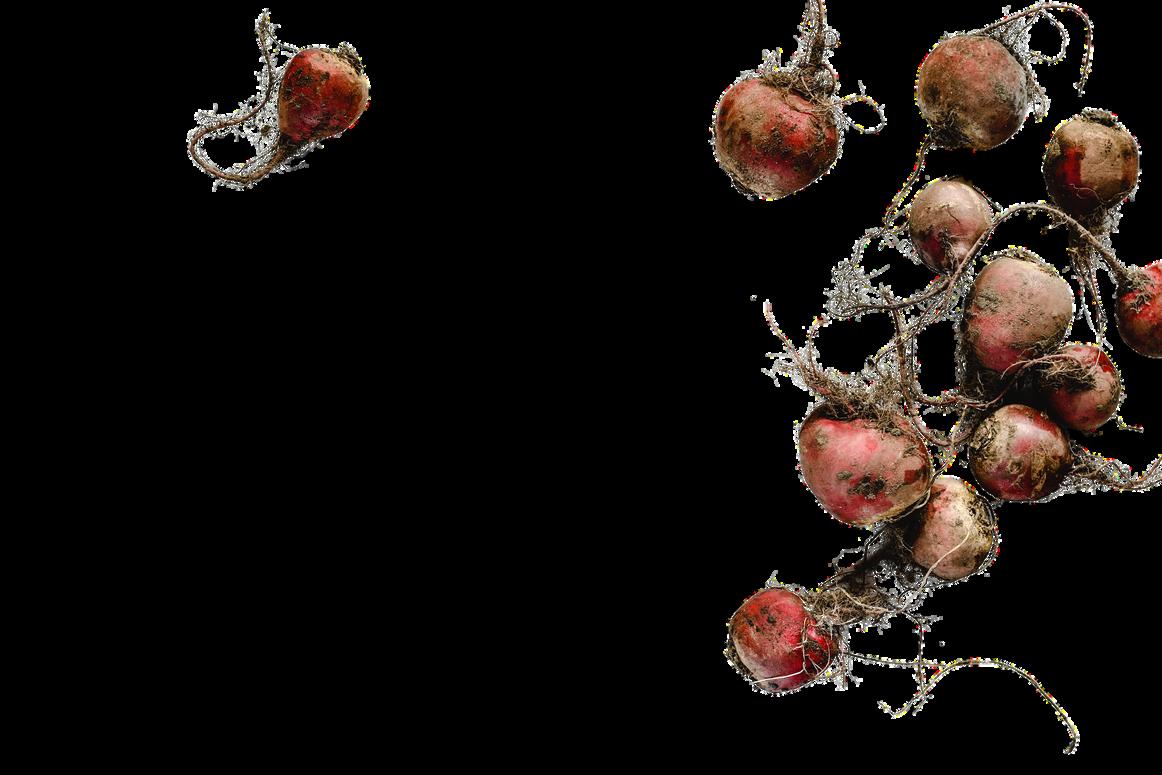
Beets (and beet greens)
Cabbage
Broccoli (especially sprouts)
Cauliflower
Onions
Garlic
Ginger
Eggs
Liver
Supplements
Here are a few of our favorite professional quality natural supplements to support the body’s detoxification organs and systems:

EcoDetox (EcoNugenics)
EcoDetox promotes intensive detoxification by enhancing the deto functions of the liver, kidneys, lungs and GI tract. It contains concentrated extracts, antioxidants, and nutrients that support comprehensive toxin removal - with benefits for methylation, cellul energy, and oxidative stress defense Click here to learn more



21
Advanced TUDCA (Cellcore Bio
TUDCA (Tauroursodeoxycholic a that’s naturally produced by the b taken as a supplement, it helps s digestive tract. This supports hea body’s natural detoxification proc bile duct system. Click here to le
Glucosinolates & Sulforaphan
Broccoli sprouts are the richest s direct precursor to sulforaphane, inducers of phase II detox enzym & Sulforaphanes is a powerhous the phase 2 enzyme potential. Th quality sprout-based products on more.
Detox-Supporting Practices
Infrared Sauna
Studies have shown toxin elimina other benefits of regular sauna u the benefits of infrared saunas fr
Radiant Health Saunas, Randy G
Coffee Enemas
Coffee enemas have been show positive effects on the liver, and detoxification capabilities. We re Wilson’s, trusted by practitioner
Castor Oil Packs
Castor oil packs are a traditional detoxification. You can learn muc supplies from our friends over at

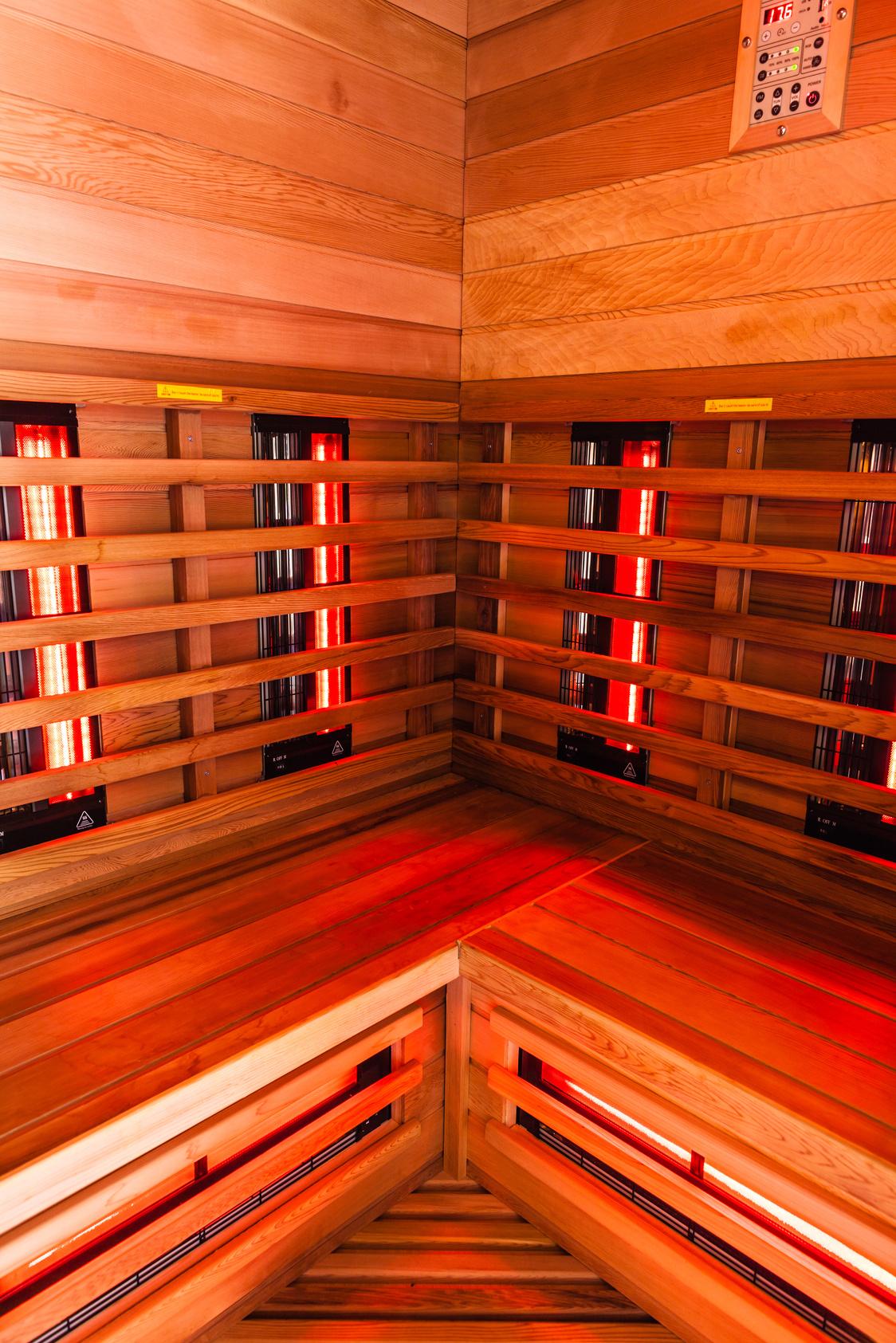
22
Often Overlooked, Absolutely Essential to Well-Being
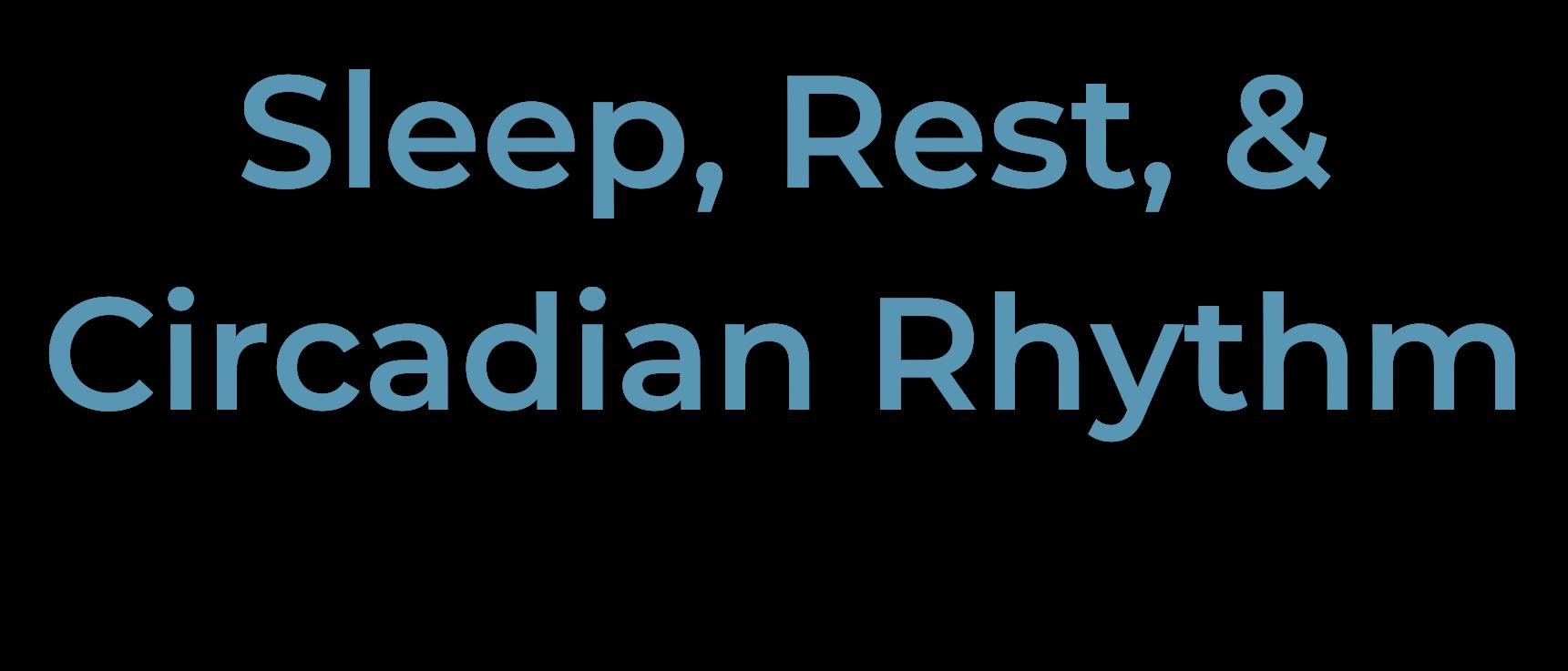
5
23
Over the years, many community and audience members have asked via emails, messages, and direct questions during webinars: “what’s more important, diet or exercise, when trying to optimize health and fitness?”.
RHT co-founder, Michael Roesslein, and many of our guest exp have often answered with:
“Sleep ”
But can that actually be true? Can sleep, optimal circadian rhy and rest be more important than the food we eat or the exercise do?
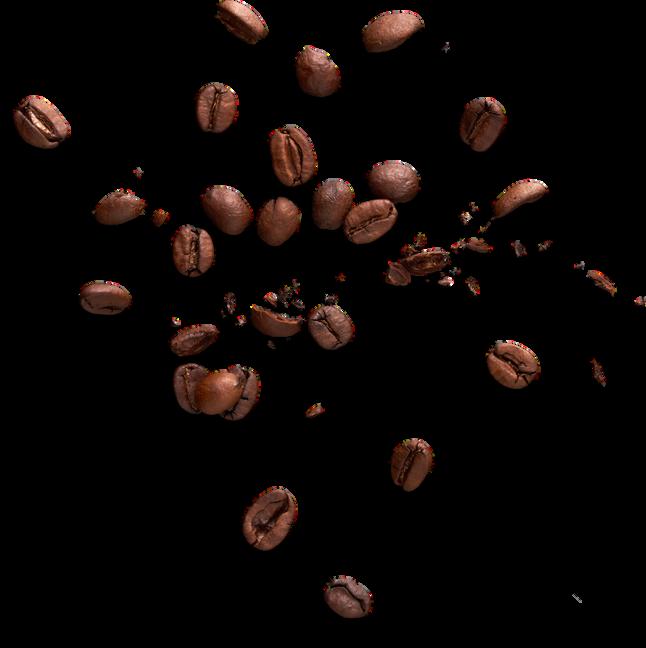
That is definitely possible. Every single cell in our body has a circadian clock - and millions of biological processes which take place in the body are influenced by these internal clocks and light/dark cycles.
Disrupted sleep and circadian rhythms have been linked to almost every single chronic disease, metabolic dysfunction, and mental health disorder - also increased cravings, lower self-control, increased addiction, and many other behavioral changes that negatively impact health.
Many people in modern society are running on caffeine, sugar, and energy drinks to get them through the day - which in turn leads to poor sleep, rinse and repeat until they crash.
Click HERE to read our comprehensive post on all things sleep, rest, and circadian rhythm to learn more about the science and physiology, impact on health (or disease), and much more!
To keep things short, simple, and direct here, we’ll just list our top tips and suggestions that you can implement right away.


24

Sunlight in the Morning
Most experts recommend reducing (or eliminating) bright artificial lights (especially blue light) and screens (yes, even your phone) within 90 minutes of going to bed. Lights and screens have been shown to inhibit melatonin production and trigger the release of hormones that prevent us from sleeping well 1 2 3 4
Ideally, watch the sunrise. When it’s at a very low angle, the light from the rising sun is relatively safe to take in (or just let it get into your eyes). If this isn’t possible, just get outside first thing in the morning for at least 15 minutes and let plenty of bright, natural light into your eyes (Do not stare at the sun )
Move in the Morning
After your morning light exposure, get moving! Or combine the two - the morning is a great time for a brisk walk, hike, bike ride, or outdoor training session. Light is only one input to our system which helps set our natural rhythms… movement is another!
Get Outside and Ditch the Shades
Getting outside as much as possible during the day, without sunglasses (it’s important for the light receptors in our eyes to receive natural light), will optimize our hormones and also increase melatonin production at night (for better sleep) And this is just one of countless benefits of spending more time outside, in nature.
Reduce Artificial Lights & Screens at Night
25
Natural Supports
Once the rest of the list is in order, we can turn our attention to natural supports for better sleep. Here’s our favorites:
Somnium (iPothecary) - This topical GABA cream enables the relaxation neurotransmitter to absorb easily into the bloodstream. Note: A tiny bit goes a long way. One jar can last up to 6 months. Click here to learn more from formulator, Dr. Christine Schaffner.
ZenBiome SLEEP (Microbiome Labs) - A psychobiotic (probiotic shown to have neuro/psycho effects) designed to help improve sleep, mood, and resilience towards stress. Click here to learn more from formulator, Microbiologist Kiran Krishnan.
Liposomal Melatonin (Quicksilver Scientific) - This professional quality melatonin supplement allows you to deliver the powerful antioxidant hormone Melatonin in a highly bioavailable way. Melatonin is being explored for benefits far beyond sleep - but many people find it to help them fall asleep and achieve deeper states of sleep Click here to learn more


26 5

How to Maintain a State of Healing
6
27
Chronic stress is probably the #1 contributing factor to all forms of chronic disease - whether it be heart disease, cancer, autoimmunity, or metabolic disorders.
And stress levels only seem to be increasing in the modern world.
Whether it be from unhealthy relationships, high pressure work environments, general fears about the future of society and the climate, or the increasingly difficult task of making ends meet - many people in today’s modern world are literally bathed in stress.
And this has systemic consequences in our bodies. Chronic stress contributes to hormone imbalances, depression, anxiety, blood sugar dysregulation, metabolic disease, neurodegenerative disease, autoimmunity, inflammatory states, insomnia, and much more
So what can be done about this?
Fortunately, quite a bit.
Similar to attempting to reduce our toxic burden, the firs remove as much exposure as possible - whether that b personal relationships, professional situations, or doom social media.
Obviously we can’t avoid all stressors, so then it becom resiliency and maintaining balance in the nervous syste
You see, our body’s stress response is perfectly healthy able to turn on and off. The problem today is that it neve off. We rarely find ourselves in a state of relaxation - a s allows for healing, rest, and repair.
And that’s where the problem is.


28
Without getting too deep into the physiology of stress and the nervous system - we’d like to share with you a few of our favorite practices to return balance and a state of healing to the body.
Stress Management 101 - Our Favorite Practices
Breathwork
Did you know that the way we effects on our physiology? In f stress response in the body - w breathe predominantly through
The breath has been a tool us thousands of years In fact, co health-building practice.
Here’s a simple practice that m peaceful state of relaxation:
Sit up straight or lay down
Place one hand on your be
Keep your mouth gently cl your front teeth on the roo
Inhale, into your belly (feel
Hold for a count of 4
Exhale (feel the belly defla
Hold for a count of 4.
Repeat for 3, 5, 10, or eve
When your focus wanders bring your awareness back
Meditation
There are now many studies s meditation - from improved bra focus, and hormone balance. (


29
And, there are many misconceptions in the western world about what meditation is.
Here’s a very simple beginner meditation practice we recommend doing for at least 5-10 minutes per day - every day (Consistency is key!)
Sit up straight on a cushion or chair.
Close your eyes (or keep them open if you’re more comfortable that way - but try to avoid focusing on anything in particular)
Feel the ground beneath you and where your body comes into contact with the ground.
From there, bring your awareness to your breath - in through the nose, out through the nose.
Notice all the sensations of breathing - in your nose, throat, chest, belly, etc feel your ribs lightly expand - whatever happens for you, notice it

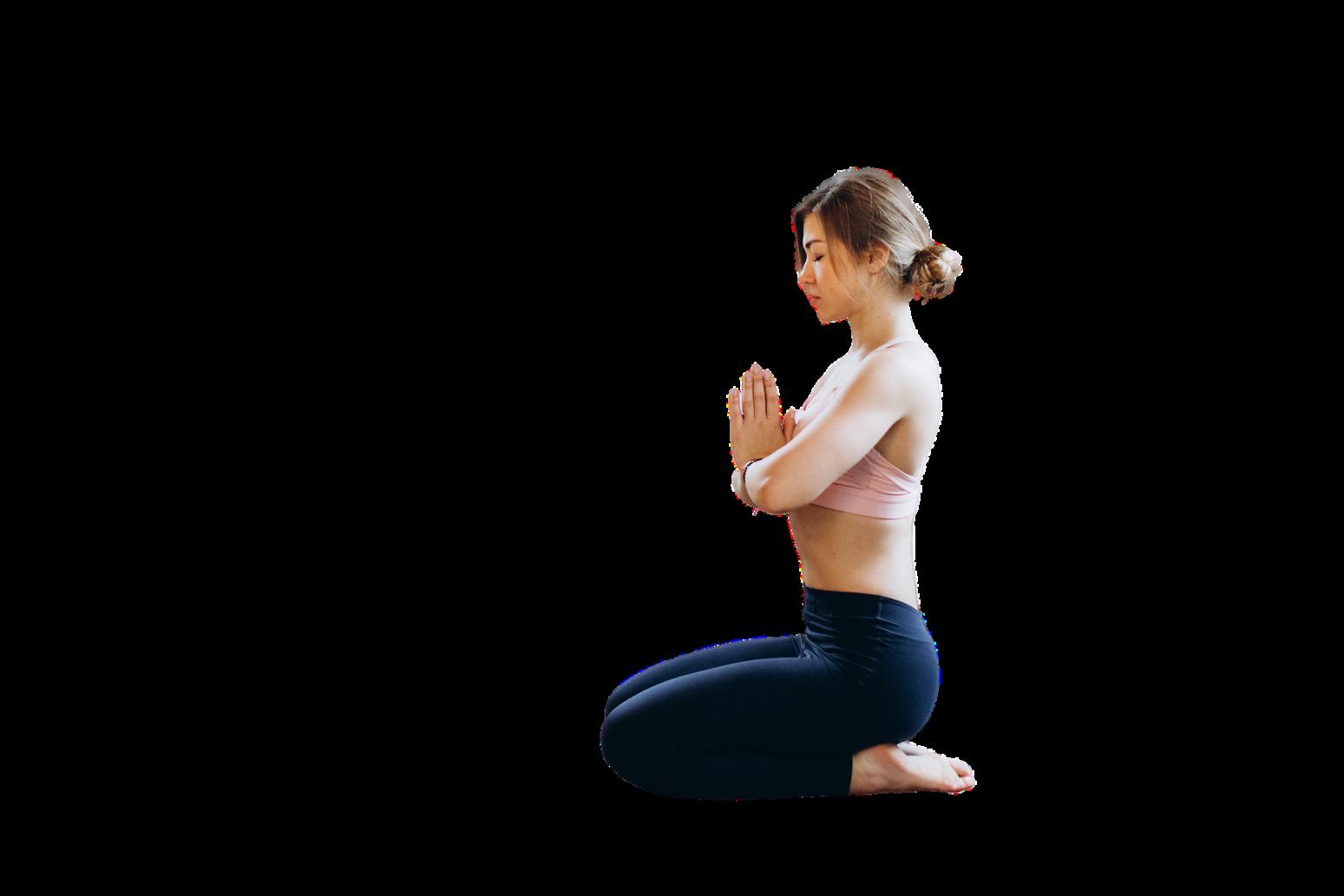
M fr th O b T s y N a a 30
